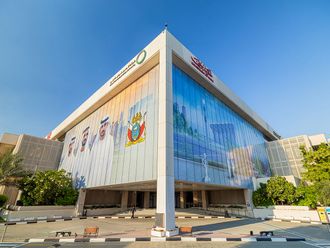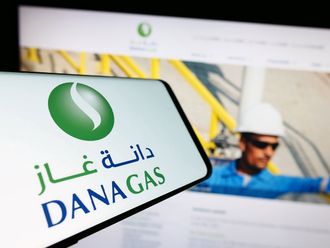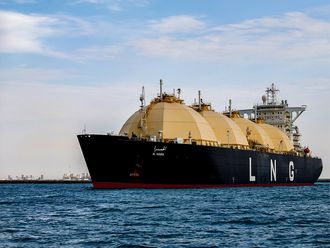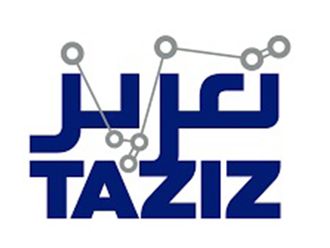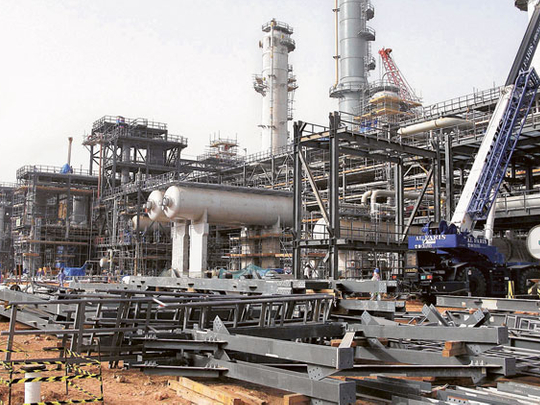
Dubai : Annual capital expenditure on offshore hydrocarbon exploration and production in the Middle East could reach $15 billion (Dh55 billion) by 2012, according to a top industry official.
Mustapha Boussaid, Director of Maritime Investments at Waha Capital, said offshore exploration and production (E&P) in the region is expected to grow 10 per cent annually in 2011 and 2012.
He said that speculative ordering during 2007-08 in the OSV sector, which serves companies engaged in offshore oil and gas E&P, has put pressure on the OSV (offshore support vessel) industry.
As a result, although the OSV sector usually grows in line with E&P growth, the large supply of OSV vessels coming onto the market means sector growth will be just 3-4 per cent in the next few years.
Even as the global econ-omic downturn begins to ease, the energy sector is still likely to experience challenging conditions entering 2011 in the Middle East and worldwide, according to the report titled Energy Predictions 2011 by Deloitte's Global Energy and Resources Group.
Serving as a global and unified measure of economic recovery, the price of oil — testing the upper limits of $70-$80 a barrel — and the strength and sustainability of the recovery will impact the ways in which all forms of energy are produced and consumed.
"Since the Middle East is home to around 75 per cent of the world's oil reserves, energy plays a pivotal role in driving economies in the region," said Mutasem Dajani, oil and gas partner at Deloitte in the Middle East. "Anticipating the course of the energy and resources sector over the next 12 months is not easy. Deloitte's Energy Predictions 2011 report aims to highlight possible industry directions and help identify opportunities and potential courses of action," he added.
Pressure
The average prices of US crude oil remained under pressure during the third quarter of 2010 and witnessed a decline of 2.3 per cent from the average prices recorded in second quarter of 2010, while the average price of gas in the international market remained constant at $4.4 per million British thermal units.
Consequently, the average prices of basic chemicals and fertiliser products have also registered a quarter on quarter decline in the third quarter of 2010 but remained higher over the average prices recorded in the corresponding quarter last year.
"We expect the average prices of crude oil will remain in the average range of $78-$83 per barrel during the fourth quarter of 2010, which is 2.6 per cent to 9.2 per cent higher than the average price recorded in the third quarter of 2010.
"Hence, this will reflect positively on the average prices of basic chemical and fertiliser products during the fourth quarter of 2010," said a report by Global Investment House.
Waha Capital's Boussaid says, "Despite softness in the next year or two, in the medium and long term, prospects for our industry are bright, as a number of factors — including strong long-term global oil demand and a growing share of global oil exploration and production happening offshore — provide strong fundamentals to this industry," Boussaid said.
Mergers
A second wave of mergers and acquisitions is now occurring that involves state-owned companies from Russia, South Korea, Brazil and Malaysia.
The third wave, which is only now beginning to take shape, involves national oil companies from India and the CIS (Commonwealth of Independent States) region.
The region's petrochemical sector will also be impacted by the China effect, the report shows. As China's involvement in the oil and gas sector continues to grow, China's trade with resource-rich countries is expanding.
Trade with Saudi Arabia, for example, is forecast to reach $60 billion by 2015.


